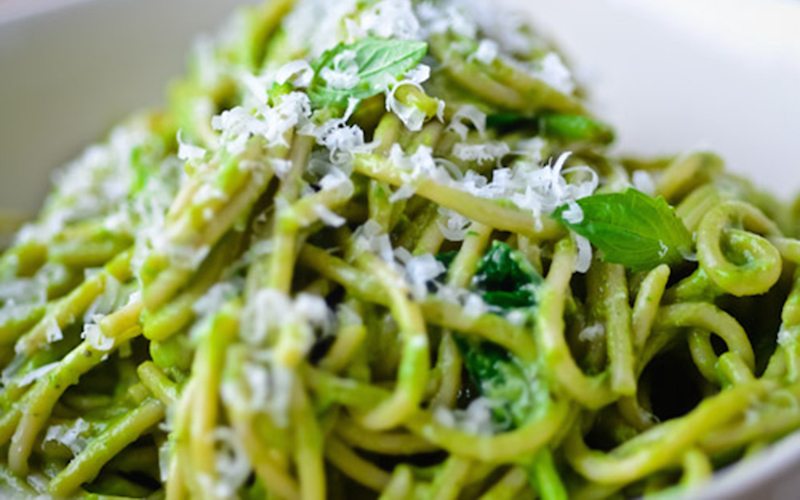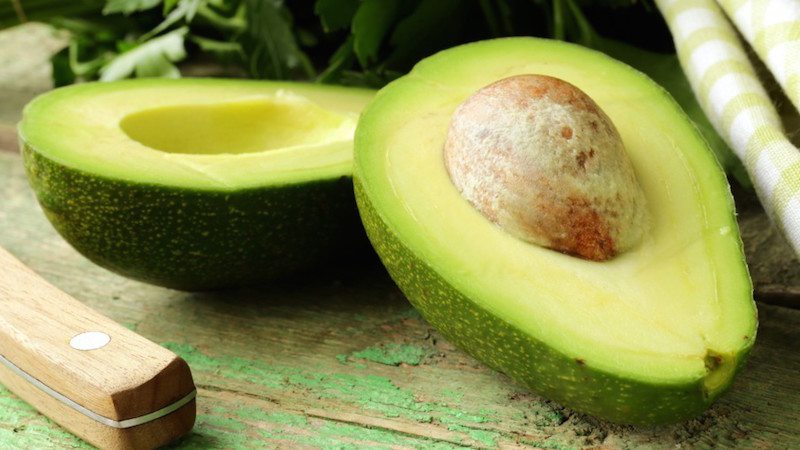Avocado
Episode #5 of the course “Superfoods you should know about”
A fruit that can be eaten raw with little or no preparation, the avocado has been a staple of people’s diets around the world for centuries. Avocados are green and pear-shaped, earning them the nickname “alligator pears” in some parts of the world. The avocado is a warm-weather tree, but it can be sprouted and small ones grown indoors with the right conditions. This has made it a plant used in moderate climates for year-round production.
A staple item in the diet in the Mediterranean, Central America, and South America, the avocado can be simply peeled and eaten, or it can be used dozens of recipes, including the international favorite guacamole. Avocado is served raw in salads, with other fruits, and with meats. When cooked, it becomes the base for a sauce that can be paired with pasta.

Delicious and nutritious, avocados are a rich nutrient source high in healthy fats that promote heart and circulatory function and can help lower cholesterol. With high concentrations of vitamins B, C, E, and K, as well as potassium, avocados help promote healthy joints, skin, and eyes, and they also support digestive function and the immune system. They are a salt-free food that is high in protein and fiber.
This fruit’s highly nutritious qualities means that it’s often used as a supplement for meat as a protein source in vegetarian or vegan diets. Because they are soft and have a mild flavor and texture that is easily mashed, avocados are easy to use as a base for nutritious early baby foods too. Cancer research is showing that avocados may be used as part of a healthy diet in the prevention or treatment of cancer, but studies are still ongoing. A superfood that is easy to include in anyone’s diet, avocados are becoming easy to find at most local supermarkets.
Recommended book
“Absolutely Avocados” by Gaby Dalkin
Share with friends

